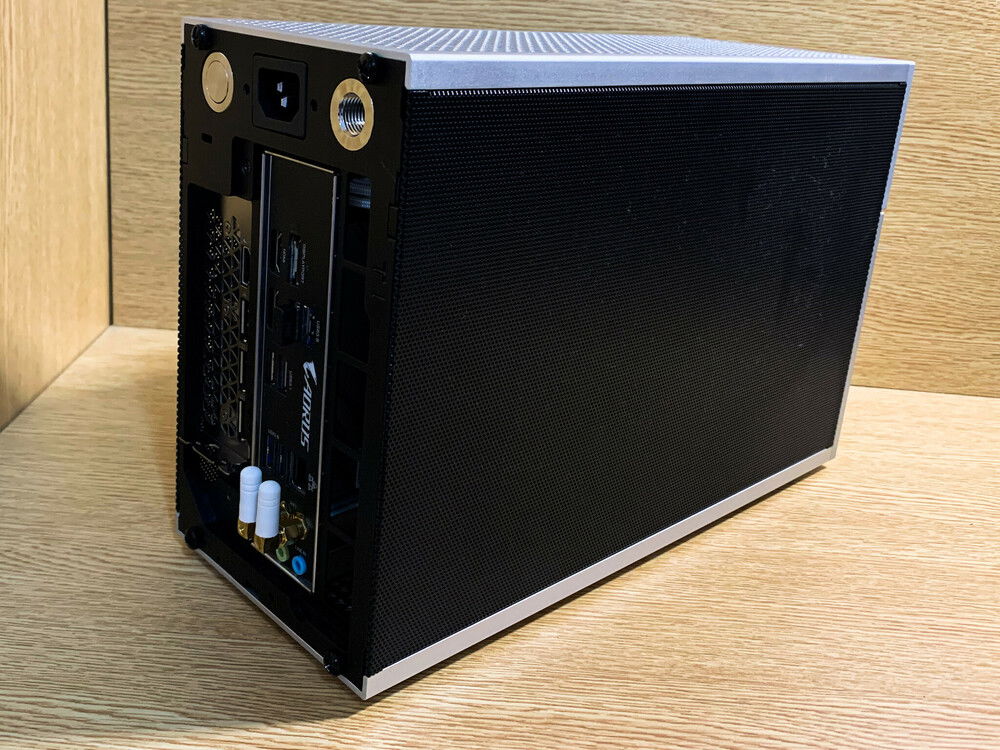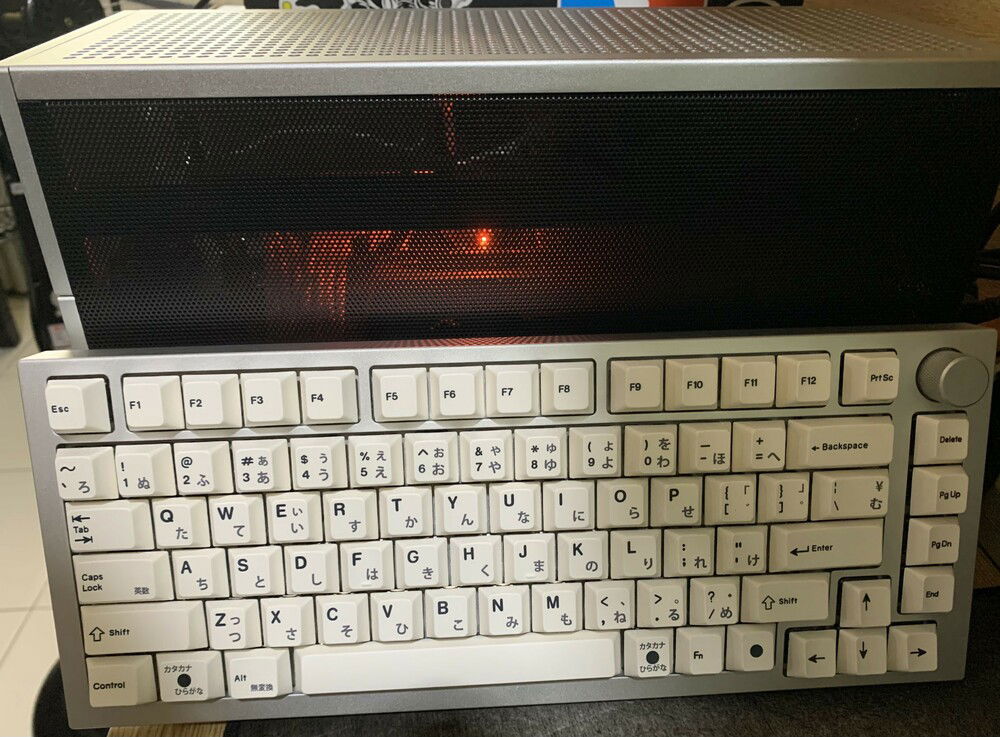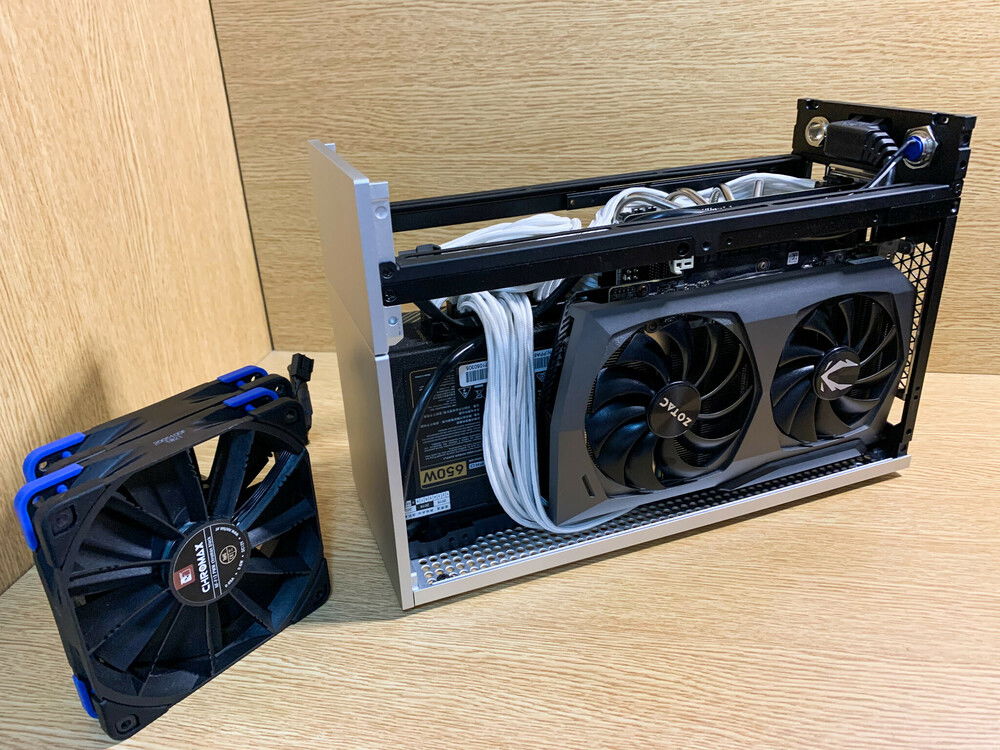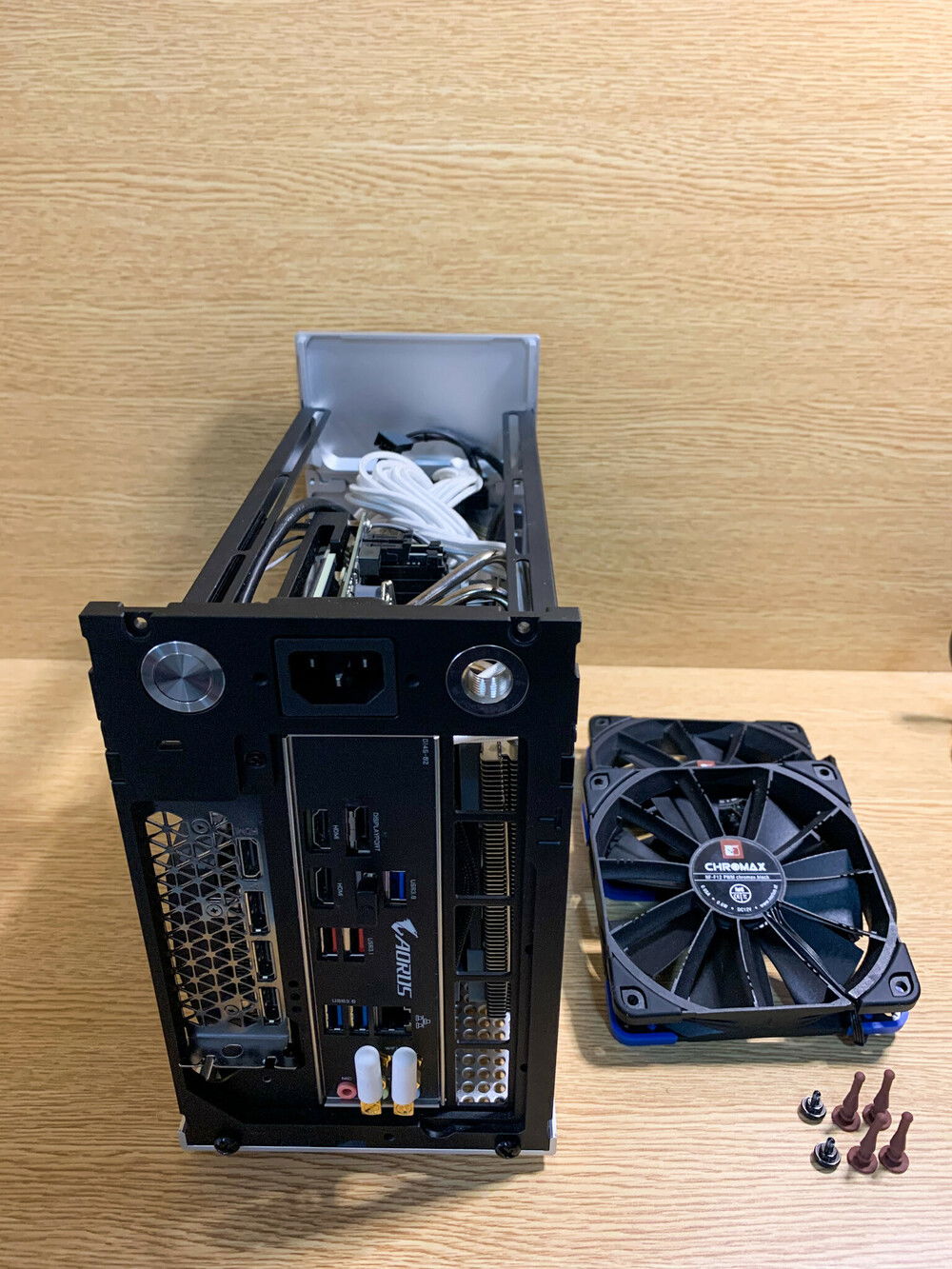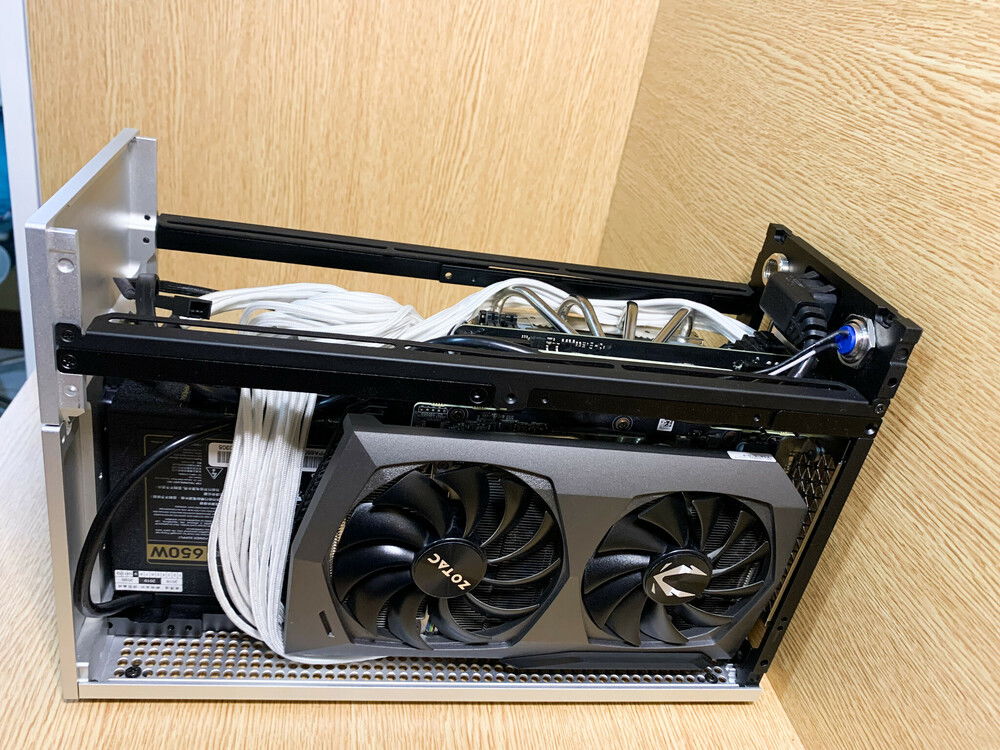Air FormD T1
My journey into SFF building has been and will always be a marathon with frequent stops and changes, and never a one-stop destination. Since I started building at the onset of the pandemic last year, I have built and set apart several cases (NZXT H210i, InWin A1 plus, Nouvolo Steck) and there is always this little, nagging urge to go smaller and more compact each time I settle with one case, with the Steck being the latest and the longest one I used. I frequent some forums dedicated to SFF building including the local ones and there is this one case that is exceptionally revered: the FormD T1.
The T1 is definitely one of the most coveted cases in the world of SFF building. However, it's a unicorn that only a handful of users, most even located overseas, were able to catch. The limited supply persists until now and was also hampered by some quality control issues for the previous batches. For months, I meticulously studied its parts compatibility to ensure that I would be able to transplant my system without leaving any part behind.
Recently, I was able to snag a deal locally with a significant (almost double) markup, but I didn't have second thoughts of buying for an extremely rare case I've been wanting to have for months. It came in a Silver tone with Black mesh panels. After unboxing, it didn't take long for me to realize why this case stands out from all the rest. The case just reeks of premium-ness, both in look and in feel. Most parts are made from CNC aluminum with a good amount of heft to it. It also has configurations both for dual-slot and triple-slot Graphics cards. I took my time to take apart my old build and carefully transplant my components into the T1 for about half a day. Everything just fits like a glove. No amount of forcing, clipping, bending or instrumentation were needed to assemble all my old parts and put them in place. I was lucky that the custom PSU cables I used for my Steck did fit in without extra inconvenient cable length. I was still able to maneuver those excess centimeters into tight spaces and corners.
Building small cases is long and is never easy. It takes a tremendous amount of patience, extra effort and quite some dexterity: from acquiring the parts down to cable management. But each time I look at it, I always marvel at the outcome and makes me conclude that everything was worth it. I don't think I will be able to build a system this strong at a smaller size anymore. But the modularity of this case still permits me to upgrade the core components (CPU, GP, Mobo, Cooler) in the future without having to go bigger. The word "Endgame" gets thrown around in PC building a lot, and I guess it's now my turn to say it...for now, heh.
The T1 is definitely one of the most coveted cases in the world of SFF building. However, it's a unicorn that only a handful of users, most even located overseas, were able to catch. The limited supply persists until now and was also hampered by some quality control issues for the previous batches. For months, I meticulously studied its parts compatibility to ensure that I would be able to transplant my system without leaving any part behind.
Recently, I was able to snag a deal locally with a significant (almost double) markup, but I didn't have second thoughts of buying for an extremely rare case I've been wanting to have for months. It came in a Silver tone with Black mesh panels. After unboxing, it didn't take long for me to realize why this case stands out from all the rest. The case just reeks of premium-ness, both in look and in feel. Most parts are made from CNC aluminum with a good amount of heft to it. It also has configurations both for dual-slot and triple-slot Graphics cards. I took my time to take apart my old build and carefully transplant my components into the T1 for about half a day. Everything just fits like a glove. No amount of forcing, clipping, bending or instrumentation were needed to assemble all my old parts and put them in place. I was lucky that the custom PSU cables I used for my Steck did fit in without extra inconvenient cable length. I was still able to maneuver those excess centimeters into tight spaces and corners.
Building small cases is long and is never easy. It takes a tremendous amount of patience, extra effort and quite some dexterity: from acquiring the parts down to cable management. But each time I look at it, I always marvel at the outcome and makes me conclude that everything was worth it. I don't think I will be able to build a system this strong at a smaller size anymore. But the modularity of this case still permits me to upgrade the core components (CPU, GP, Mobo, Cooler) in the future without having to go bigger. The word "Endgame" gets thrown around in PC building a lot, and I guess it's now my turn to say it...for now, heh.
Color(s): Silver
RGB Lighting? Yes
Theme: Industrial
Cooling: Air Cooling
Size: SFF
Type: General Build
Hardware
CPU
$ 67.00
Motherboard
$ 400.20
Memory
$ 73.98
Graphics
$ 700.00
Storage
$ 177.94
PSU
$ 139.99
Case Fan
$ 53.90
Case Fan
$ 14.00
Cooling
$ 74.95
CableMod
$ 70.00
Monitor
$ 447.38
Mouse
$ 79.99
Estimated total value of this build:
$ 2,279.05
Approved by:

